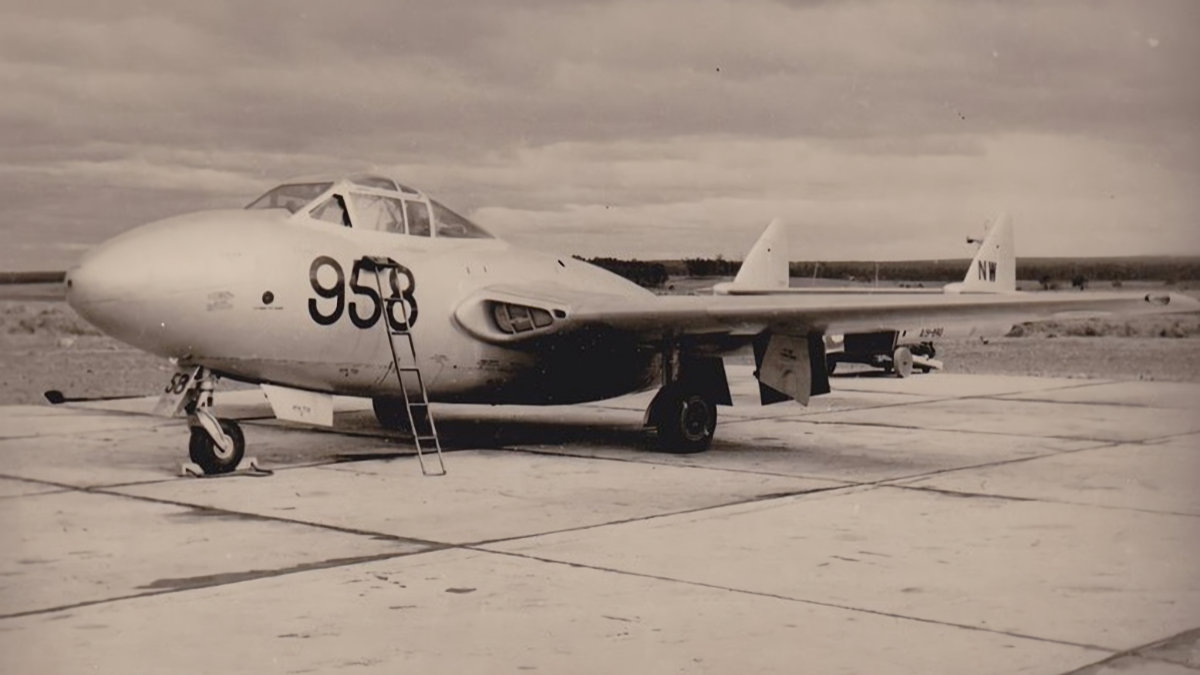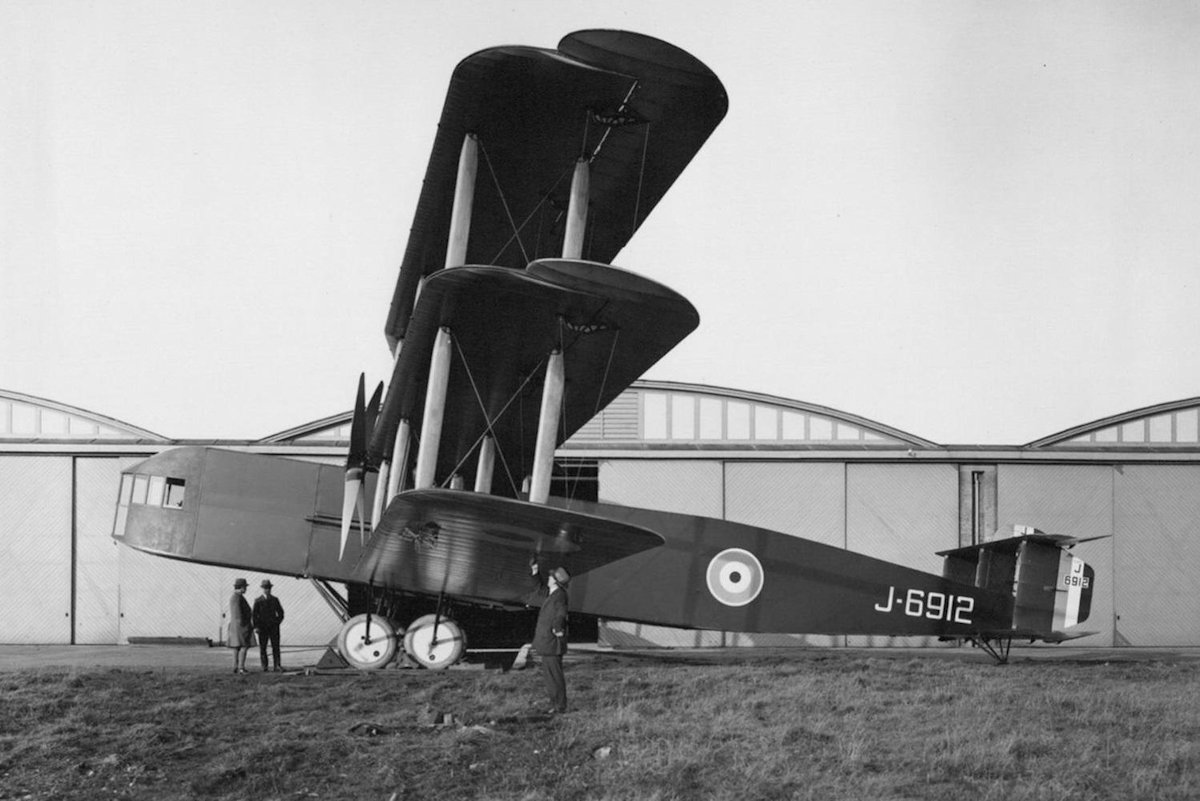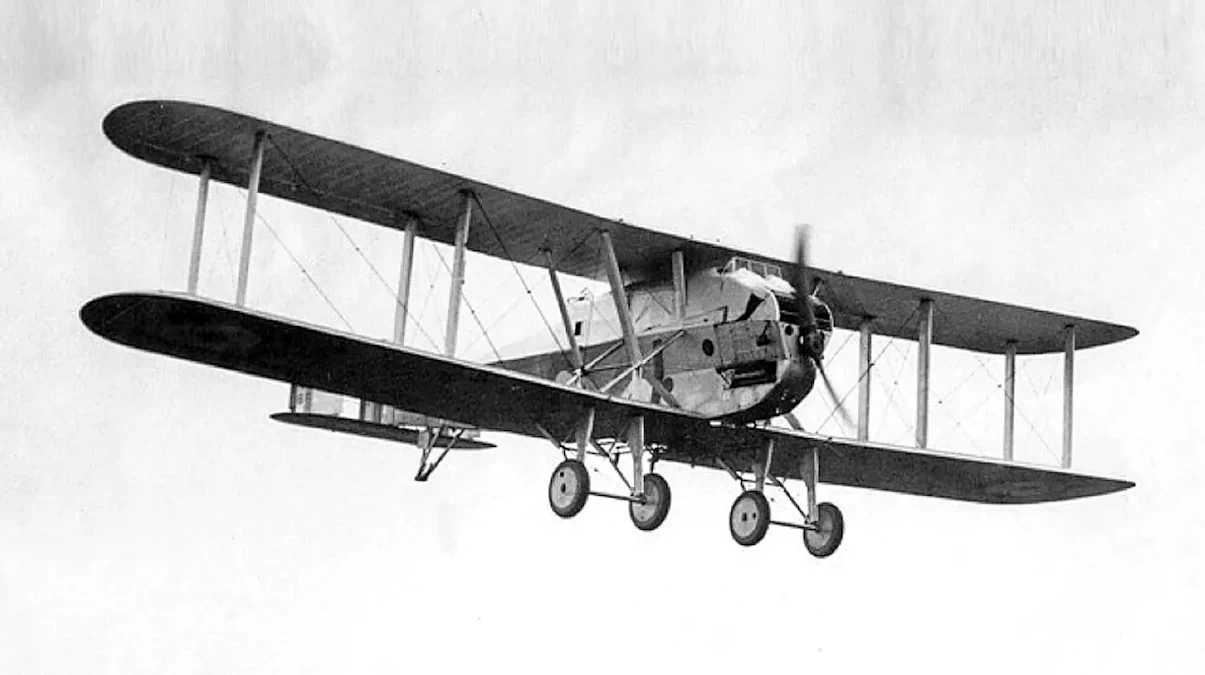Tag: airplane
-
de Havilland Sea Vampire in Australian Service

de Havilland Sea Vampire in Australian Service In preparation for the arrival of the de Havilland Sea Venom, the Royal Australian Navy required an aircraft to enable pilots to transition from the Hawker Sea Fury. With de Havilland Australia already producing the Vampire T.33 for the RAAF, the RAN ordered five Sea Vampire T.34 trainers.… Read more
-
Bristol 37 Tramp

Bristol 37 Tramp Designed for the Royal Mail Steam Packet Company, the Bristol Tramp was a British steam-powered passenger and airmail transport triplane aircraft. The Royal Mail Steam Packet Company only had limited experience with internal combustion engines, but extensive operating knowledge of steam turbine powerplants. As a result, the Tramp was to be powered… Read more
